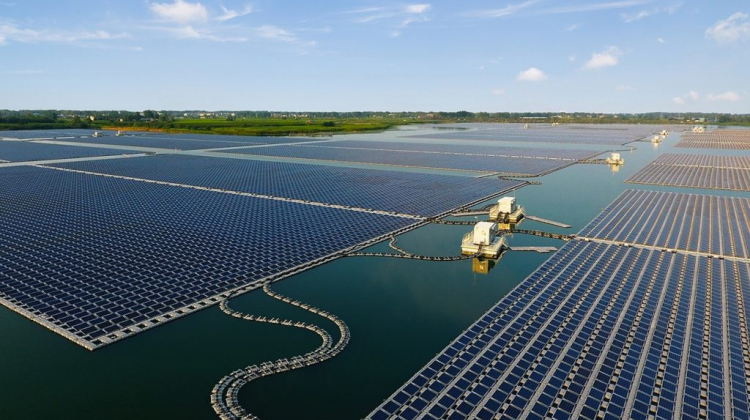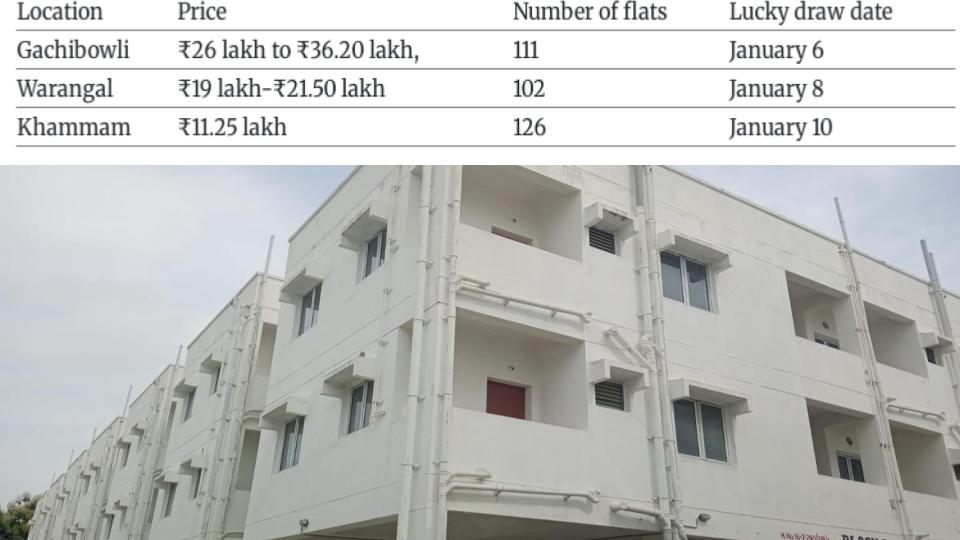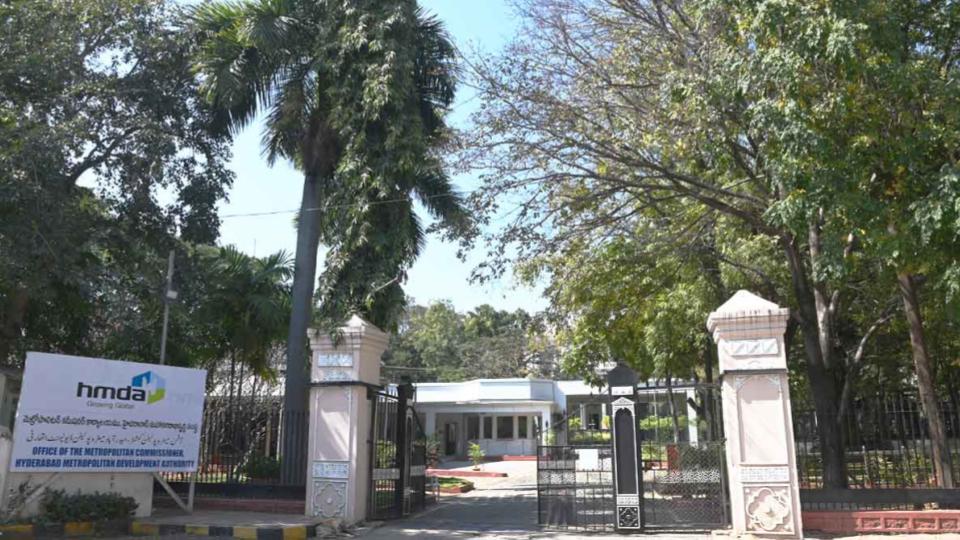PM Modi to dedicate NTPC's floating solar plant today
Sat 30 Jul 2022, 12:24:30

Peddapalli: Stage is all set to dedicate to the nation the 100 MW Floating Solar PV Project of NTPC-Ramagundam at Ramagundam on Saturday.
Prime Minister Narendra Modi will dedicate the project to the nation through virtual mode from New Delhi at 12 noon.
The country’s biggest floating solar PV project was declared commercially operational from midnight on July 1, this year by completing 20 MW of final part capacity.
Largest in the segment in the country, the 100-MW Floating Solar project at Ramagundam is endowed with advanced technology as well as environment friendly features. Constructed with financial implication of Rs 423 crores through BHEL as EPC (Engineering, Procurement and Construction) contract, the project spreads over 500 acres of its reservoir.
Divided into 40 blocks, each having 2.5 MW. Each block consists of one floating platform and an array of 11,200 solar modules. The floating platform consists of one Inverter, Transformer, and a HT breaker. The solar modules are placed on floaters manufactured with HDPE (High Density Polyethylene) material.
The entire floating system is
being anchored through special HMPE (High Modulus Polyethylene) rope to the dead weights placed in the balancing reservoir bed. The power is being evacuated up to the existing switch yard through 33KV underground cables. This project is unique in the sense that all the electrical equipment including inverter, transformer, HT panel and SCADA (Supervisory Control and Data Acquisition) are also on floating ferro cement platforms. The anchoring of this system is bottom anchoring through dead weight concrete blocks.
being anchored through special HMPE (High Modulus Polyethylene) rope to the dead weights placed in the balancing reservoir bed. The power is being evacuated up to the existing switch yard through 33KV underground cables. This project is unique in the sense that all the electrical equipment including inverter, transformer, HT panel and SCADA (Supervisory Control and Data Acquisition) are also on floating ferro cement platforms. The anchoring of this system is bottom anchoring through dead weight concrete blocks.
From an environmental point of view, the most obvious advantage is minimum land requirement mostly for associated evacuation arrangements. Further, with the presence of floating solar panels, the evaporation rate from water bodies is reduced, thus helping in water conservation.
Approximately 32.5 lakh cubic meters per year of water evaporation can be avoided. The water body underneath the solar modules helps in maintaining their ambient temperature, thereby improving their efficiency and generation. Similarly, while coal consumption can be avoided of 1,65,000 tons per year, Co2 of 2,10,000 tons per year can be avoided.
No Comments For This Post, Be first to write a Comment.
Most viewed from Hyderabad
Most viewed from World
AIMIM News
Latest Urdu News
Most Viewed
May 26, 2020
Can Lionel Messi's visit boost Indian football?
Latest Videos View All
Like Us
Home
About Us
Advertise With Us
All Polls
Epaper Archives
Privacy Policy
Contact Us
Download Etemaad App
© 2025 Etemaad Daily News, All Rights Reserved.





































.jpg)
.jpg)
.jpg)


